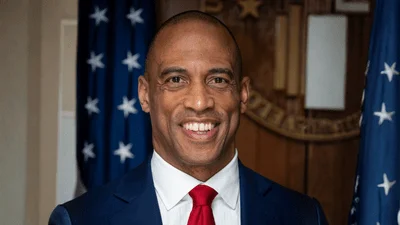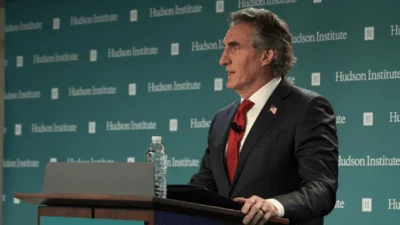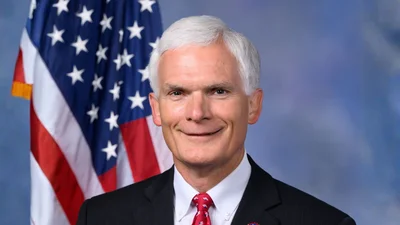The Institute for Energy Research (IER) has announced that the U.S. Postal Service (USPS) has received only 93 electric trucks out of an expected 3,000, despite a $3 billion federal investment from the former Biden administration.
According to The Federal Newswire, the USPS electric vehicle initiative—partially funded by $3 billion from the Inflation Reduction Act—has encountered production delays, quality issues, and rising costs. These challenges have prompted lawmakers to urge a reevaluation of the fleet contract. Concerns have been raised that taxpayer investments may not be yielding the anticipated results, particularly as delivery timelines continue to fall short of projections. Critics, including Republican legislators, have called for the remaining funds to be rescinded or redirected.
The Washington Post reports that by December 2024, Oshkosh had delivered only 93 Next Generation Delivery Vehicles (NGDVs) compared to the 3,000 originally expected. This marks a significant shortfall in production. The report highlights how Oshkosh's experience with heavy-duty and military vehicles did not seamlessly translate to manufacturing electric mail trucks, resulting in severe delays. These setbacks directly jeopardize the Biden administration's broader climate goals and timeline for fleet electrification.
According to The New York Post, the ambitious postal modernization project worth nearly $10 billion includes acquiring over 35,000 electric mail trucks but has produced only 250 electric vehicles in over two years. This is just a fraction of the expected volume. The article details various technical failings such as airbag calibration and water-leak testing issues and reveals that the South Carolina factory has managed to assemble only one truck per day—far below the projected daily output of 80. Consequently, Republican lawmakers are advancing efforts to rescind nearly $1.3 billion in remaining funding from the Inflation Reduction Act.
The Institute for Energy Research is a nonprofit organization focused on conducting economic and policy analysis related to global energy markets, evaluating government interventions like subsidies, mandates, and regulations.





